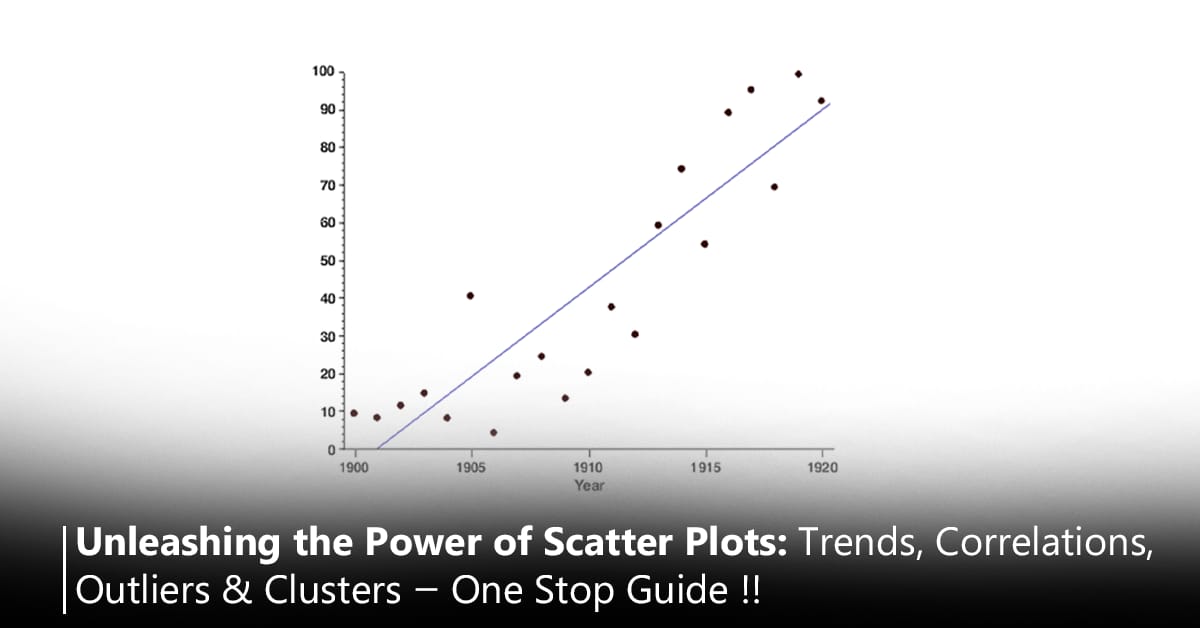Financial Modelling is an integral part of many businesses and organizations in terms of their financial decision-making.
By definition, financial modeling refers to data expressions in rows, columns, and charts.
Due to its imperativeness, the demand for financial modeling experts and analysts is growing exponentially. In this post, we will walk you through how financial modeling analysts are paid and what building a career in this field looks like in the future.
Let’s get started.
Financial Modeling as a Career
Financial modeling is a specialized skill set that is in high demand in various industries, including investment banking, private equity, corporate finance, consulting, and portfolio management.
Financial Modeling is a lucrative career for individuals that have strong analytical skills, a deep understanding of finance, and proficiency in building complex financial models.
Financial modeling isn’t an independent domain that’s pursued by professionals. Rather, it’s an add-on skill that can open multiple opportunities for you. In fact, when it comes to developing a career, expertise in financial modeling can help you build your expertise in the following areas:
- Equity Research Analysis – An equity research analyst starts as a part of a broking firm. Usually, they handle responsibilities like monitoring the financial performance of a company. Equity research analysts also give the Buy, Hold, or Sell call on companies that they cover.
- Data Analysis – Financial modeling analysts are responsible for analyzing historical financial data, market trends, and industry benchmarks to make informed forecasts. One of the key responsibilities of financial modeling analysts is also to identify different trends and patterns to assist decision-making within a company which is possible only when they have a deep understanding of important financial concepts.
- Scenario Analysis and Sensitivity Testing – Financial modeling analysts also conduct tests to evaluate the impact of various factors on financial outcomes. This involves assessing the sensitivity of key variables, such as pricing, sales volumes, costs, and interest rates. Altogether, this results in better risk management and identifying potential opportunities.
Valuation & Investment Analysis – Financial modeling analysts also conduct valuation exercises for businesses. This also includes discovering investment opportunities and applying the right valuation techniques – including Discounted Cash Flow (DCF), comparable company analysis, or merger and acquisition models.
The Scope of Financial Modeling
Financial modeling is a baseline for all kinds of finance jobs.
No matter if you are pursuing CFA or any other finance field, financial modeling is a skill upgrade that will help you unlock multiple opportunities career-wise.
Some of the most promising career opportunities in this field are:
- Financial Analyst
- Business Analyst
- Corporate Finance
- Credit Analyst
- Merger and Acquisition Associate
- Investment Banking Analyst or Associate
- Financial Planning and Analysis
- Equity Research Analyst or Associate
Financial Modeling Salaries in India
The salaries for candidates pursuing FM could very much depend on factors like experience, industry, size of the company, job role, and location.
However, there are usually three tiers that will allow you to analyze the FM salaries across India.
- Entry-Level Financial Modeling Analyst – For individuals starting their career in financial modeling, the average salary can range from 5 to 8 LPA per year. This includes candidates that have up to two years of experience and positions such as financial analyst, research analyst, or junior financial modeling analyst.
- Mid-Level Financial Modeling Analyst – Candidates that have over 2 to 5 years of experience are included in this tier. The average salary for mid-level financial modeling analysts could range from 8 to 15 LPA with roles such as senior financial analyst, valuation analyst, or senior financial modeling analyst.
- Senior-level Financial Modeling Analyst – Candidates that have more than 5 years of experience and usually hold senior positions in the field are entitled to salaries that range from 15 to 35 LPA. Such salaries are dependent on the complexity of financial modeling, industry expertise, and the size and reputation of the organization.
According to Indeed, most Financial Modelers and Analysts earn an average salary of ₹13.5 LPA.
Conclusion
Financial modeling is a critical skill set that holds a lot of value and importance in the financial world. It serves as a powerful tool for financial decision-making, strategic planning, and valuation across various industries and functional areas.
The domain offers a rewarding career path with opportunities for growth, impact, and the ability to support long-term business growth. Most importantly, it’s one of those skill sets that will help you build your expertise in domains like CFA as well.
We at CFI Education have created a detailed Financial Modeling program for our students to start their skill development journey. The hybrid training program also comes with a 100% placement assistance.



